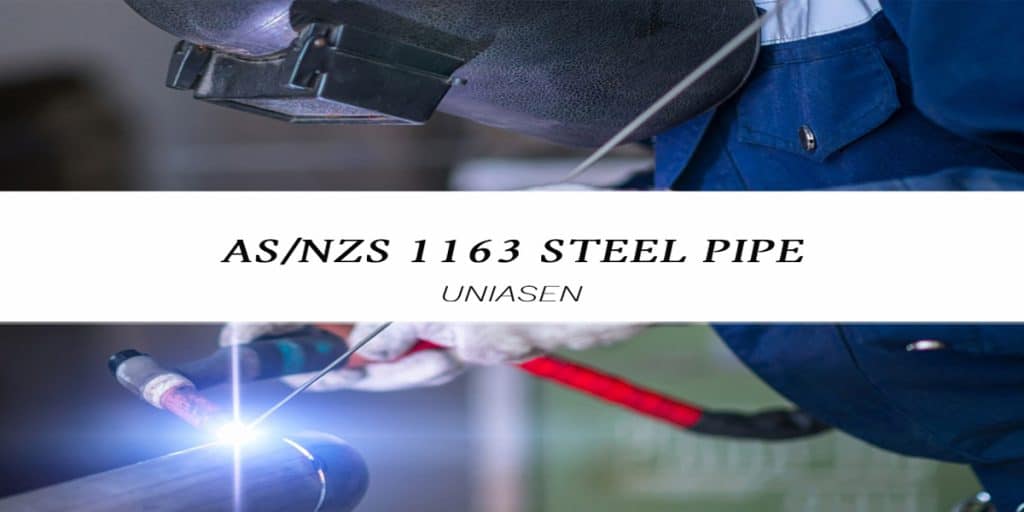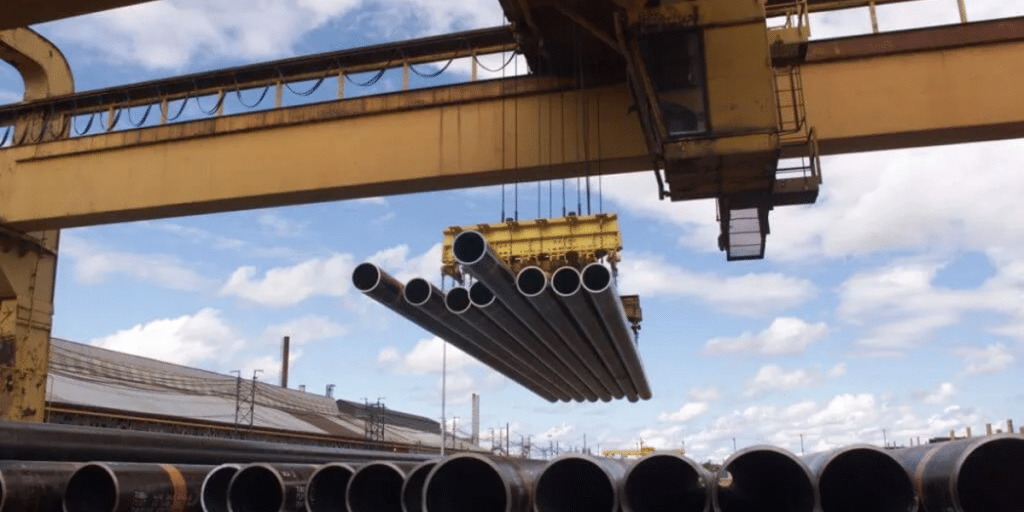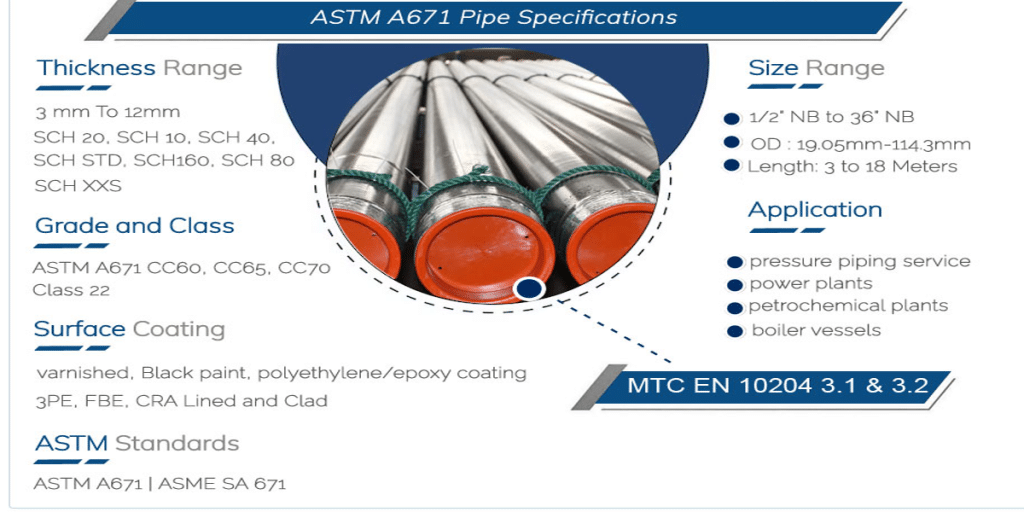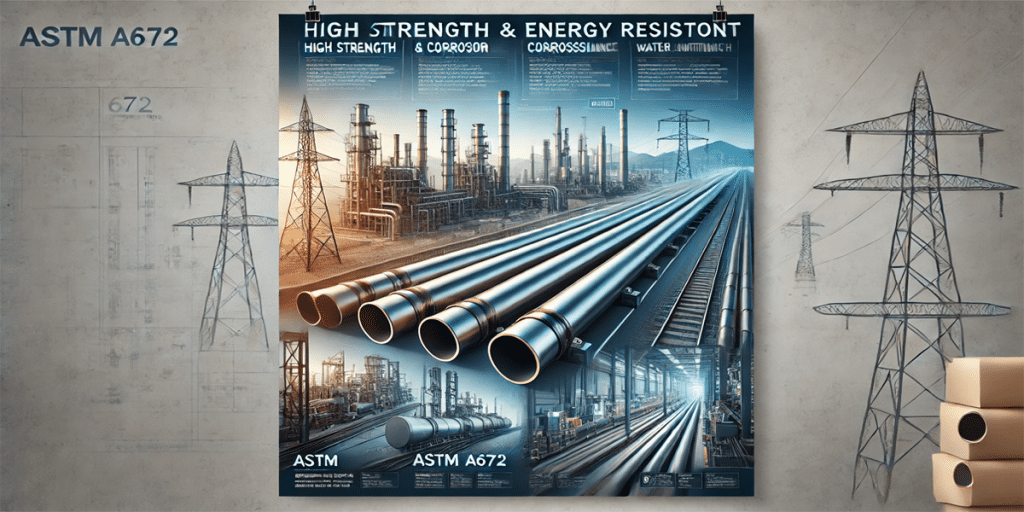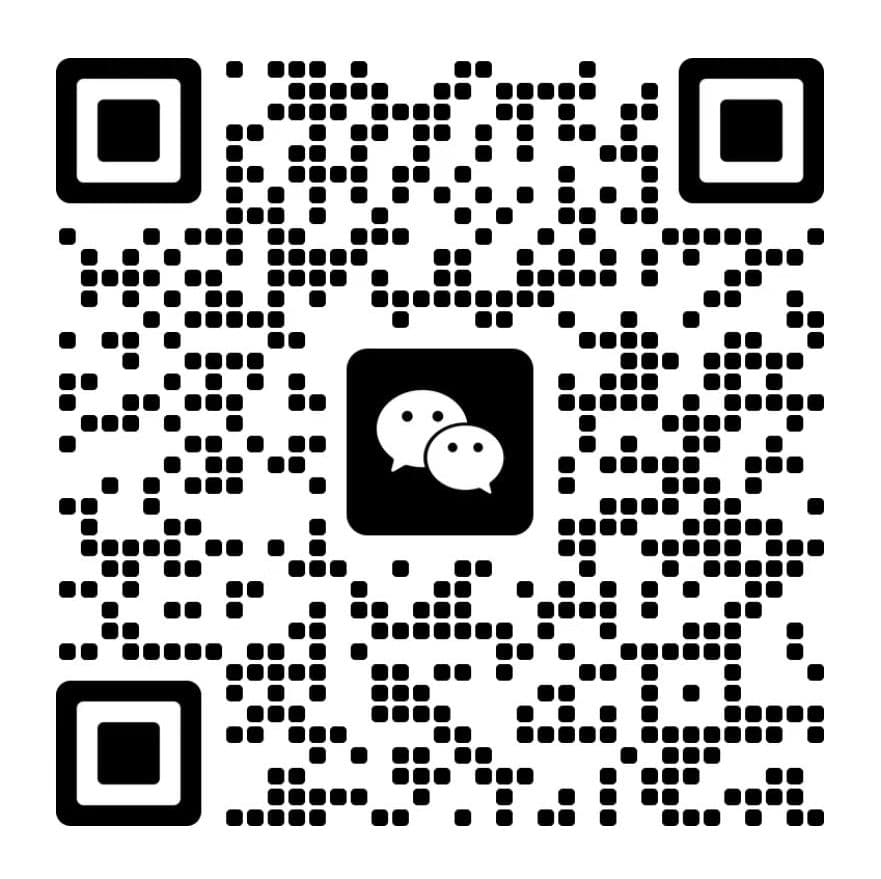In accordance with the ASTM A53/A53M standard, hydrostatic testing is the baseline and mandatory item for manufacturing inspection. For Electric Resistance Welding (ERW) welds, the standard mandates electrical non-destructive testing (NDT) (e.g., ultrasonic, eddy current, or magnetic flux leakage testing) on the welds. However, Radiographic Testing (RT) is not a mandatory requirement of the A53 standard; it is only used as a supplementary inspection when specified by the purchaser/project specifications or for high-risk service conditions.
Why Both Methods Matter — Starting with “What They Can Detect”
- Hydrostatic Testing: This method uses liquid pressure to verify the overall pressure-bearing capacity and tightness of the pipe. It can identify defects that cause “leaks” (penetrating defects, severe cracks, weld leak points) and serves as the final proof of pressure integrity.
- Radiographic Testing (RT): This method uses X-rays or gamma rays to create volumetric images of welds. It can visually reveal internal/planar defects such as slag inclusions, incomplete penetration, cracks, and porosity, facilitating defect interpretation and the preservation of permanent records. However, it has high requirements for cost, operation time, and safety management.
Specific “Basis for Inspection” in ASTM A53
- Hydrostatic Testing: ASTM A53 explicitly requires hydrostatic testing for each individual pipe (which can be replaced under certain conditions for seamless pipes). It also specifies the test pressure and holding time (e.g., for pipes with a Nominal Pipe Size (NPS) ≤ 3, the maximum test pressure is 2500 psi; for larger sizes, it is 2800 psi, and the pressure shall be maintained for a minimum of 5 seconds as a baseline).
- Weld NDE (ASTM A53 Section 11): For Type E (ERW) pipes with NPS 2 and above, electrical NDT (ultrasonic/eddy current/magnetic flux, etc.) is required. Calibration standards and acceptance criteria are also specified. For seamless pipes, manufacturers may opt to use NDE instead of hydrostatic testing, with “NDE” marked on the mill certification.
- Radiographic Testing (RT): The standard classifies certain inspections as “optional/supplementary (purchaser-specified)”. In other words, if RT is clearly required by the purchaser or engineering specifications, it must be performed accordingly; otherwise, ASTM A53 does not mandate RT on all welds.
Method Comparison (Quick Reference Table)
| Testing Method | Capabilities (Defects Detected) | Position in ASTM A53 | Advantages/Disadvantages / When Mandatory/Recommended |
| Hydrostatic Testing | Penetrating defects, severe leaks | Mandatory/baseline (see §10) | Mandatory: Proves the entire pipe’s pressure resistance and leak tightness; fast and low-cost, but insensitive to shallow/small internal defects. |
| Ultrasonic/Eddy Current/Magnetic Flux (Electrical NDE) | Linear/volumetric defects in welds, local short defects | Required in ASTM A53 §11 (Type E) | Recommended by the standard for ERW pipes; enables online and automated inspection, covering welds efficiently. |
| Radiographic Testing (RT) | Visually detectable internal and planar defects (incomplete penetration, slag inclusions, porosity) | Non-mandatory, specified by purchaser/project | Used for high-pressure/high-risk services (natural gas transmission, harsh service conditions) or when required by the owner; defect interpretation is intuitive, but it has high costs and strict safety control requirements. |
Practical Recommendations for Projects/Purchasers
- For general mechanical/plumbing A53 pipelines: Comply with ASTM A53 — conduct hydrostatic testing on each pipe + perform standard electrical NDE (UT/eddy current/magnetic flux) on ERW welds. Adherence to ASTM A53 requirements is sufficient.
- For high-pressure/natural gas/high-consequence areas: Beyond the ASTM A53 baseline, it is highly recommended to add RT (radiographic testing) or Phased Array Ultrasonic Testing (PAUT) on critical welds or via sampling. The purchaser shall clearly specify clauses such as “Supplementary requirements: RT %” in the purchase order.
- If the customer is concerned about acceptance risks: Require the manufacturer to provide a complete Inspection & Test Plan (ITP), Material Test Certificate (MTC), third-party witness records, and original NDT reports/radiographic films or digital images. This significantly reduces the purchaser’s risks and enhances trust.
Why Choose LONGMA (Our Quality Commitment)
With over 20 years of manufacturing experience, LONGMA (our company) regards conducting standard-compliant testing and using test results (documented in reports) as the first step in being accountable to customers. To this end, we can provide:
- Hydrostatic testing and records conducted in accordance with ASTM A53/A53M;
- Online electrical NDE (ultrasonic/eddy current/magnetic flux) for welds, with sampling or 100% inspection available as required by the customer;
- Coordination/organization of RT (radiographic testing) or engagement of qualified third parties to perform RT when required by the customer or project specifications, along with the provision of MTC, NDT reports, and third-party witness records;
- Complete ITP/inspection photos, original NDT records, and quality traceability documentation to minimize acceptance disputes and ensure controllable procurement risks.
(Note: If you need us to issue a sample ITP for ASTM A53 and a testing quotation for your project, LONGMA can quickly prepare them based on pipe size, quantity, and inspection depth, supporting third-party witness and on-site/factory acceptance.)
Summary
- First, conduct the hydrostatic test (required by ASTM A53) — this serves as the baseline proof of the pipe’s pressure-bearing reliability.
- Perform electrical NDE (UT/eddy current/magnetic flux) on ERW welds in accordance with ASTM A53; if the project/owner has higher requirements, add RT on critical locations or via sampling.

